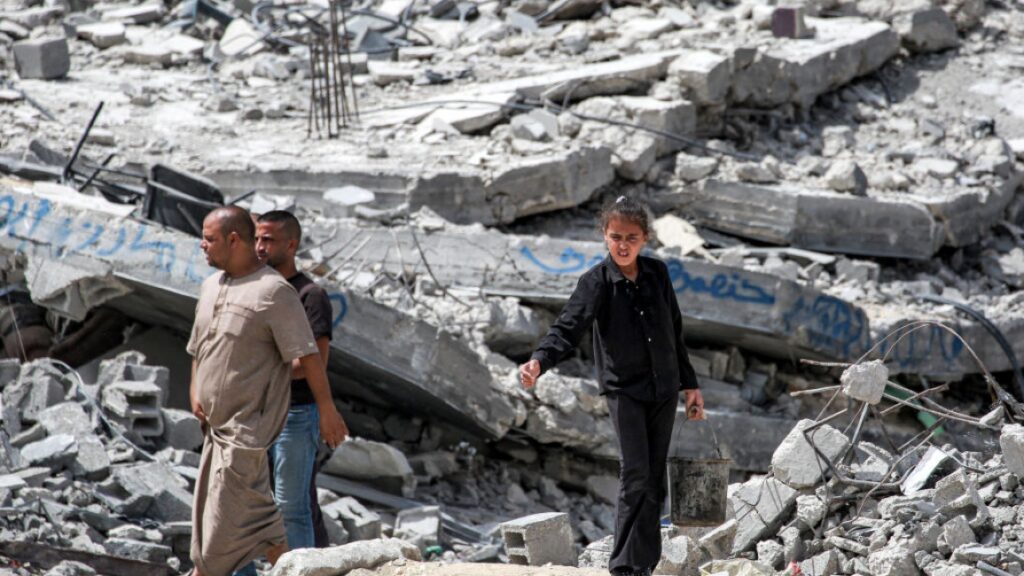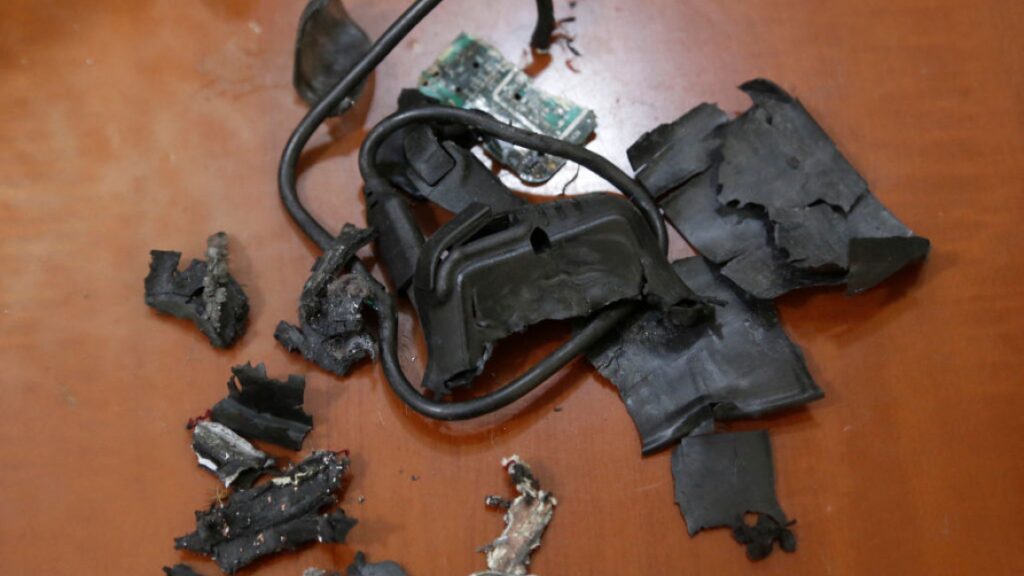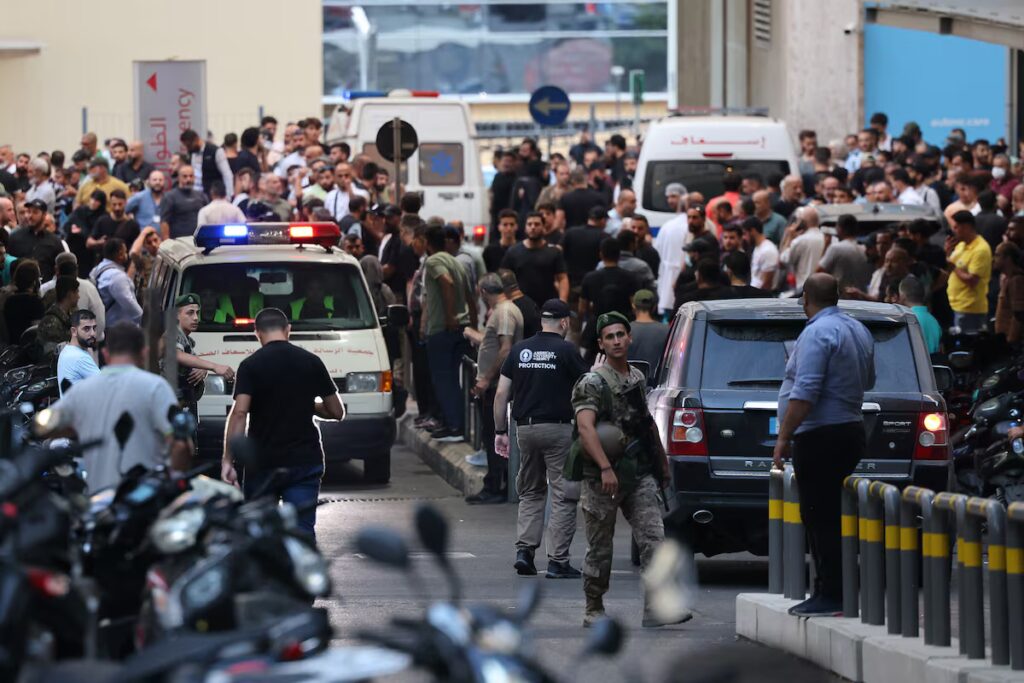Lebanon is rocked again by exploding devices as Israel declares a new phase of war

Walkie-talkies exploded in Beirut and other parts of Lebanon on Wednesday in a second wave of attacks targeting devices a day after pagers used by Hezbollah blew up, state media and officials for the militant group said. At least 20 people were killed and more than 450 wounded in the second wave, the Health Ministry said.






